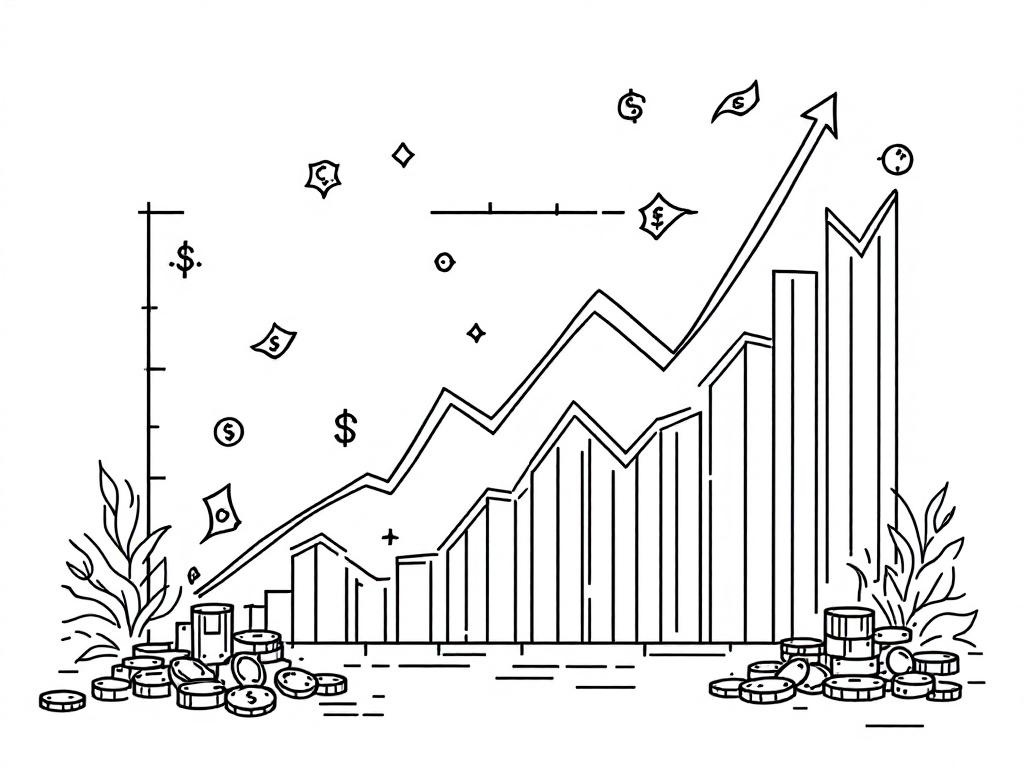U.S. Economy's K-Shaped Recovery Highlights Widening Wealth Gap

New York, Thursday, 6 November 2025.
The U.S. economy’s K-shaped recovery signals a growing divide, with affluent Americans benefiting from rising asset prices, while lower-income households face inflation and stagnant wages, impacting economic stability.
Understanding the K-Shaped Recovery
The term ‘K-shaped recovery’ is being used by economists to describe the uneven economic recovery in the United States, where distinct segments of society experience divergent economic outcomes. This phenomenon has been observed in the wake of the COVID-19 pandemic, with wealthy Americans seeing a significant rise in their fortunes due to appreciating asset values, such as stocks and real estate, while lower-income groups struggle with high inflation and stagnant wage growth [1][2].
Impact on Consumer Spending
As of the third quarter of 2025, the top 10% of income earners in the U.S. accounted for nearly half of all consumer spending, highlighting the economic divide [1]. This spending pattern is bolstered by the robust economic activities of affluent households, which contrasts sharply with the financial challenges faced by the lower-income groups, who are dealing with rising costs of living and limited wage increments [1][2].
The Role of Debt and Inflation
The Federal Reserve Bank of New York reported a $24 billion increase in collective credit card balances in the U.S. by the end of Q3 2025, marking a 5.75% increase from the previous year. This rise in household debt is indicative of the financial strain on lower-income households, who are more likely to rely on credit for everyday expenses [3]. Meanwhile, the affluent continue to benefit from low borrowing costs, further exacerbating the economic divide [3].
Economic Policies and Future Outlook
Federal Reserve Chair Jerome Powell has acknowledged the existence of a K-shaped recovery, noting the bifurcation in consumer spending patterns [4]. This economic trend poses significant challenges for policymakers who must address the growing income inequality that threatens long-term economic stability. As the U.S. navigates this landscape, strategic policy interventions will be essential to bridge the widening economic gap and foster a more inclusive recovery [4][5].